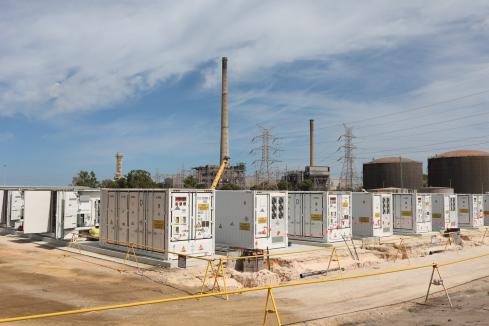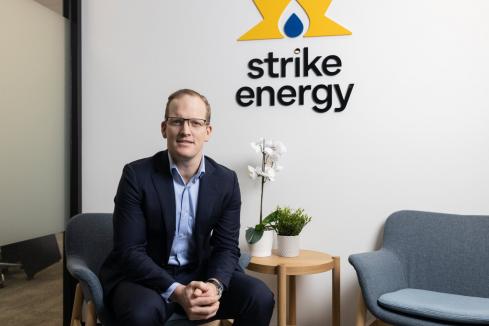State government payments to electricity producer Synergy are nearly four times higher than expected just two years ago, with $395 million planned this financial year.


State government payments to electricity producer Synergy are nearly four times higher than expected just two years ago, with $395 million planned this financial year.
The numbers in this year’s state budget show about $387 million penciled in as operating subsidies for the 2022 financial year, with a further $8 million through the hardship grants scheme.
That compares to about $103 million forecast for this financial year just two years ago, in the forward estimates of the budget released in May 2019.
Payments from the government to Synergy peaked in the 2021 financial year at $929 million, thanks to a one off electricity bill credit of $600 per household.
But the cash will continue flowing.
For the 2025 financial year, the government now expects $310 million of payments to Synergy.
The state’s major generator and retailer of electricity has not yet released its 2021 annual report, but the budget gives some idea of its challenges.
The budget estimates Synergy will post a loss of $317 million in the year to June 2021, and on its balance sheet, liabilities exceed assets by $101.6 million.
“The net asset deficiency is primarily driven by one-off adjustments recognised for increases to Synergy's onerous contract and decommissioning provisions,” the budget said.
“Net assets are projected to return to a positive position from 2021-22 onwards, supported by additional equity and operating subsidy contributions from the government…”
The government froze power prices in the 2021 financial year due to COVID-19, and has pledged a 1.75 per cent increase this financial year, in line with inflation.
A government spokesperson said that these decisions had not increased the subsidies, however.
“There is no direct link between subsidies and payments made to Synergy by the Western Australian government and regulated tariffs for electricity use,” the spokesperson said.
“Energy markets around the world are facing disruption as they transition to intermittent forms of renewable energy generation, placing pressure on traditional base load generation assets.
“The cost of this disruption is funded by the Western Australian government and it is working closely with Synergy to support the exploration of new energy solutions, such as distributed energy resources and battery storage, to ensure the ongoing provision of secure, reliable and affordable energy services for the Western Australian community.”
That appears to line up with the budget’s numbers.
The $395 million classed as subsidies include a $99 million system security transition payment, which will “provide support for Synergy running its thermal fleet in an uneconomical manner to preserve electricity system security whilst generation fleet transition options are explored”.
About $76 million will go towards the energy assistance payment, $91 million through the tariff equalisation contribution system, and $28 million as the household credit continues working through the system.
The renewable energy buyback scheme has $39 million allocated.
Transition costs
Separately, Western Power has a large capital works program planned, with $834 million to be spent this financial year.
It highlights another aspect of the work under way to transition the state's South West Interconnected System to greener energy.
“Western Power’s grid is in a period of transition,” the budget papers said.
“Our existing network assets are ageing and approaching end of life.
“At the same time technological progress is rapidly reducing the cost of non-wire alternatives.
“To best meet the needs of the community, Western Power needs to move as safely and as affordably as possible to a modular version of the grid, during a period of major technological change.
“This will take a decade of transformational investment in existing assets and new technology to support a community of 3 million Western Australians by 2031.
“This transformation begins now, with Western Power investing $834.2 million in 2021-22 and a further $2.7 billion across the forward estimates period.”
That will include $21 million this financial year for standalone power systems, and $150 million in the three years following, reflecting a government election commitment.
















